Can You Use Winter Tires All Year? What You Need to Know
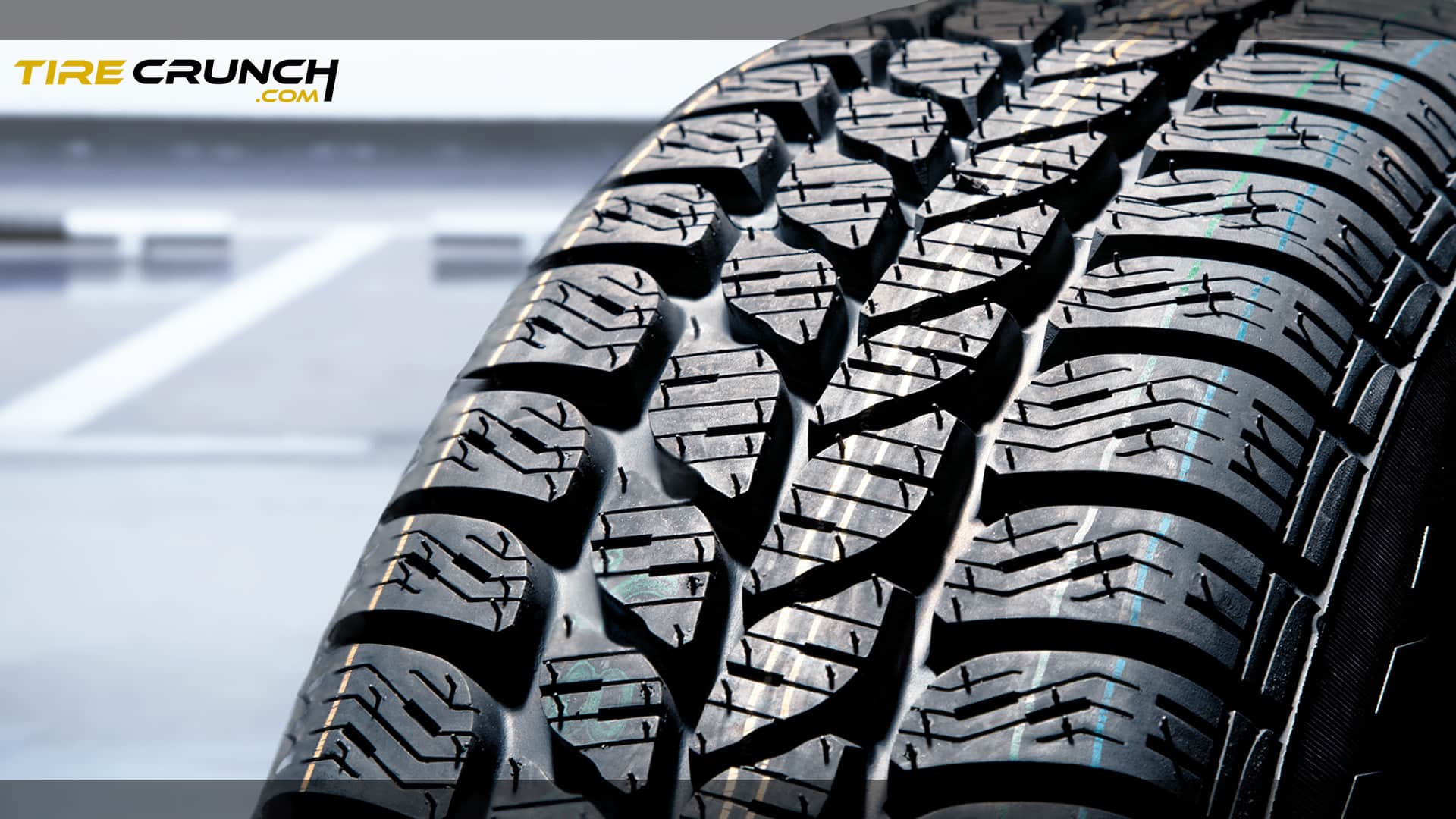
As temperatures rise and we bid farewell to the winter months, a question remains: Can you use winter tires all year round?
In this blog post, we’ll delve into the whys and why-nots of using winter tires throughout every season while exploring alternatives like all-season tires.
Key Takeaways
Understanding Winter Tires
Winter tires are specifically designed to offer optimum traction and handling in cold weather conditions and have a different composition and tread pattern than all-season or summer tires.
The unique design elements of winter tires include a softer rubber compound, deeper tread patterns, and a larger surface area. This softer rubber compound, which remains more flexible as temperatures drop, is specially engineered to maintain traction even when the ambient temperature drops below 45°F.
Benefits Of Winter Tyres
Why Can’t I Leave My Winter Tires on Year-Round?
Leaving winter tires on year-round can lead to faster wear, poor performance in dry and wet conditions, decreased handling and safety, higher costs, and reduced fuel efficiency.
1. Poor Performance On Dry And Wet Pavement
Winter tires are specifically designed to provide better traction and handling in cold, snowy or icy conditions. However, these same features that enable them to grip the road more efficiently during winter can actually be a liability when driving on warm weather pavement.
In fact, winter tires lose their effectiveness in warmer temperatures due to their softer rubber compound and deeper treads which result in higher rolling resistance. This means you will not be able to stop your car as quickly compared to using summer or all-season tires.
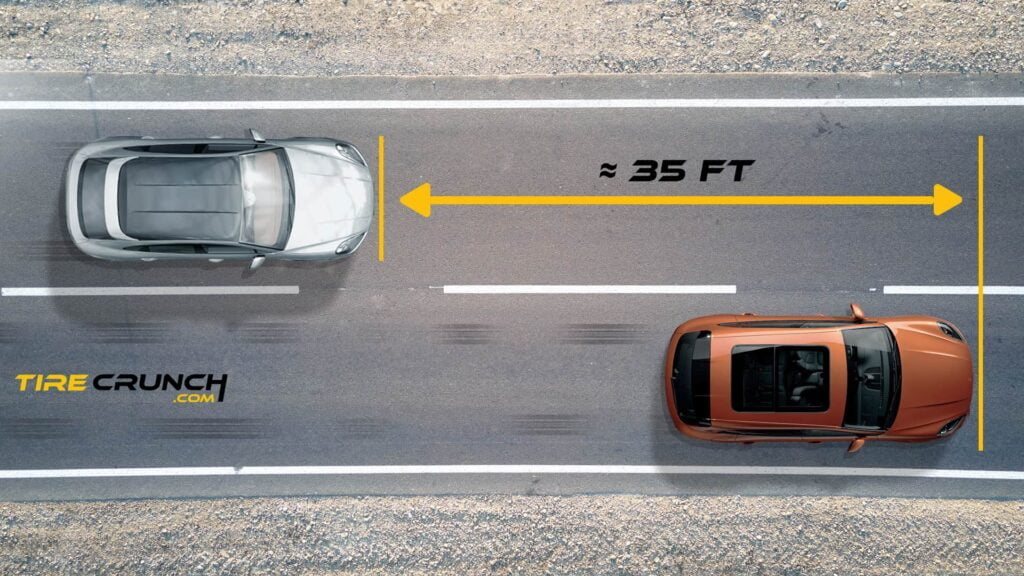
For example, it may take 35 feet longer for your vehicle to come to a full stop if you brake at 60 mph on dry pavement while using winter tires versus summer tires.
| All-Season Tires | Summer Tires | Winter Tires | |
|---|---|---|---|
| Dry – 60 mph / 60°F | 131 feet | 120 feet | 155 feet |
| Wet – 60 mph / 60°F | 215 feet | 157 feet | 181 feet |
| Snowy – 40 mph | 184 feet | 351 feet | 156 feet |
2. They’ll Wear More Quickly
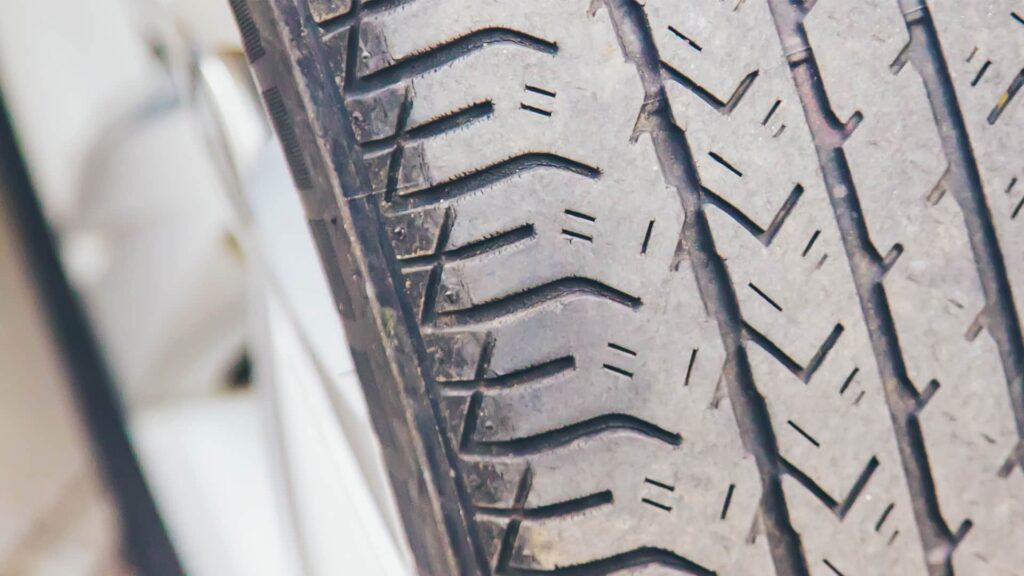
The rubber compound of winter tires is softer than that of all-season or summer tires. This enables them to maintain traction in frigid conditions. However, in warmer temperatures, the softer rubber compound can become too soft and wear down more quickly.
It’s important to remember that each tire has its own expected lifespan based on usage and maintenance. While winter tires may wear out faster than summer tires if used year-round or in warmer weather, proper care can help extend their life span.
3. Decreased Fuel Economy
Winter tires have deeper treads and softer rubber compounds that create more rolling resistance than all-season or summer tires.
This increased resistance means your vehicle will use more gas for the same amount of driving, resulting in lower fuel efficiency.
For example, if you were to switch from winter tires to all-season tires, you could see an improvement in fuel economy of up to 15%.
When Should I Change My Winter Tires?
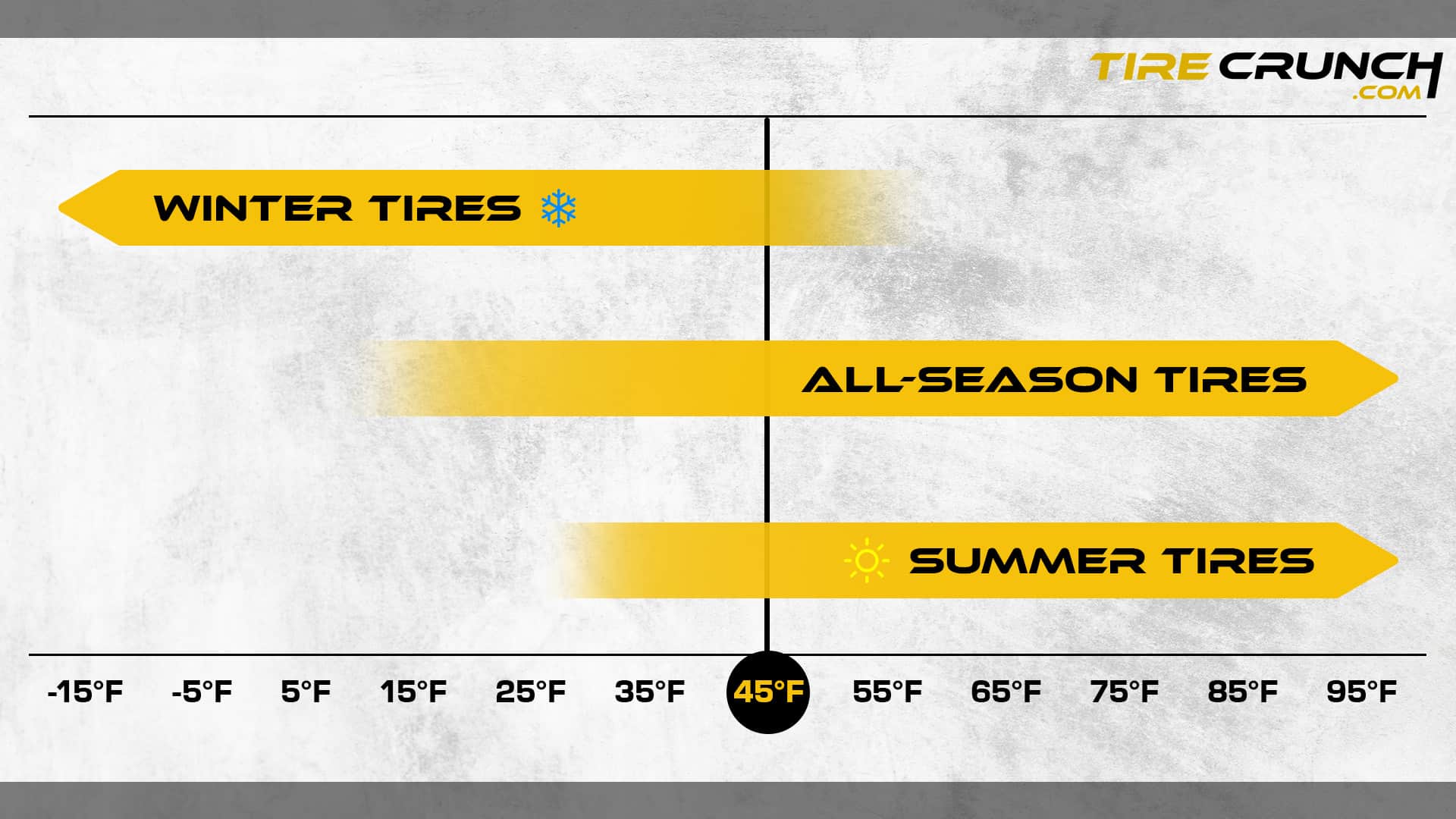
It is recommended to install winter tires before the first snowfall and when temperatures consistently dip below 45 degrees.
What’s The Difference Between Winter, All-season, And Summer Tires?
Each type of tire is designed to perform optimally in specific driving conditions. Here’s a comparison of these three types of tires:
| Tire Type | Weather Conditions | Composition | Performance |
|---|---|---|---|
| Winter Tires | Cold, snow, ice, and slush | Softer rubber compound, deeper tread depths, unique tread patterns | Excellent traction in winter conditions, outperform all-season and summer tires in the cold |
| All-Season Tires | Mild to moderate temperatures, light snow, rain, and dry roads | Combination of winter and summer tire technologies, moderate tread depth | Better performance than summer tires in winter conditions, but not as good as winter tires; suitable for year-round use in some regions |
| Summer Tires | Warm and dry weather conditions | Harder rubber compound, shallow tread depth, optimized for dry and wet grip | Superior handling and grip in warm and dry conditions, not suitable for winter driving |
Is It Illegal To Drive With Winter Tires In Summer
It is not illegal to drive with winter tires in summer. However, it is not recommended by tire manufacturers and safety experts due to the design and composition of winter tires.
What Temperature Is Too Hot For Winter Tires?

While winter tires are designed for colder temperatures, there is no set temperature that makes them unsafe to use in warmer weather.
As a general rule of thumb, once temperatures consistently reach 45 degrees Fahrenheit (7 degrees Celsius), it's recommended to switch back to your regular tires for better performance and longevity.
If you continue using winter tires on hot pavement, you may experience increased rolling resistance and decreased fuel economy due to the tire’s design. This can also lead to faster tread wear and affect your vehicle’s handling ability.
Are 2 Snow Tires Better Than None?
Using only two snow tires during winter may seem like an affordable option, but it’s not recommended. Two snow tires provide better traction and handling than none at all, but they can also cause oversteer or understeer in certain situations.
Oversteer is when the rear of your vehicle loses grip and swings out to one side. Understeer is a type of handling problem that occurs when a car turns less than what the driver expected it to be based on the amount of steering input.
To maintain control during winter weather conditions, it’s best to use four snow tires on all corners of your vehicle. This provides balanced traction and stability in turns while making sure that both the front and back wheels have equal grip.
Are Wide Tires Bad In The Snow?
Wide tires are not ideal for snowy conditions as they have a wider footprint, which can lead to a lack of traction. This is because the weight of the vehicle is spread over a larger surface area, causing less pressure on each individual point of contact with the road.
Narrower tires provide higher surface pressure against the road and therefore create more grip in snowy or icy conditions.
In addition, wide tires can cause hydroplaning when driving in slushy conditions due to their inability to displace water efficiently. Hydroplaning occurs when the tread cannot push away water at high speeds, resulting in a loss of control over your vehicle.
All-Wheel Drive And Winter Tires
It is a common misconception that having an all-wheel drive vehicle means you can forego snow tires in the winter. However, this is far from true.
While AWD vehicles do provide better traction and handling, they are not immune to skidding or losing control on icy roads.
Winter tires have deeper treads and specific rubber compounds that stay softer and more flexible in colder temperatures, allowing them to maintain traction even in harsh weather conditions. Don’t rely solely on your vehicle’s drivetrain; invest in a set of winter tires for optimal safety during winter driving season!
Studded Tires Vs Non-Studded Winter Tires

Studded and non-studded winter tires each have distinct advantages and disadvantages depending on the specific winter driving conditions you may encounter.
| Studded Winter Tires | Non-Studded Winter Tires | |
|---|---|---|
| Studs | Studded tires feature metal studs that provide excellent traction on icy and packed snowy Roads. | Do not have metal studs but still offer improved traction in winter conditions, making them a suitable choice for areas with less ice and more snow. |
| Damage | Studs can cause damage to the road surface, leading to restrictions and bans on their use in some states and jurisdictions. | Do not cause road damage, making them acceptable for use in all states and jurisdictions. |
| Noise levels | Can be noisier than non-studded tires due to the metal studs’ contact with the road. | Quieter than studded tires as they do not have metal studs contacting the road surface. |
| Efficiency | May be less effective in deep snow as studs may not provide as much traction in these conditions. | More effective in deep snow as they do not rely on studs for traction. |
Can You Drive With Summer Tires In Winter?
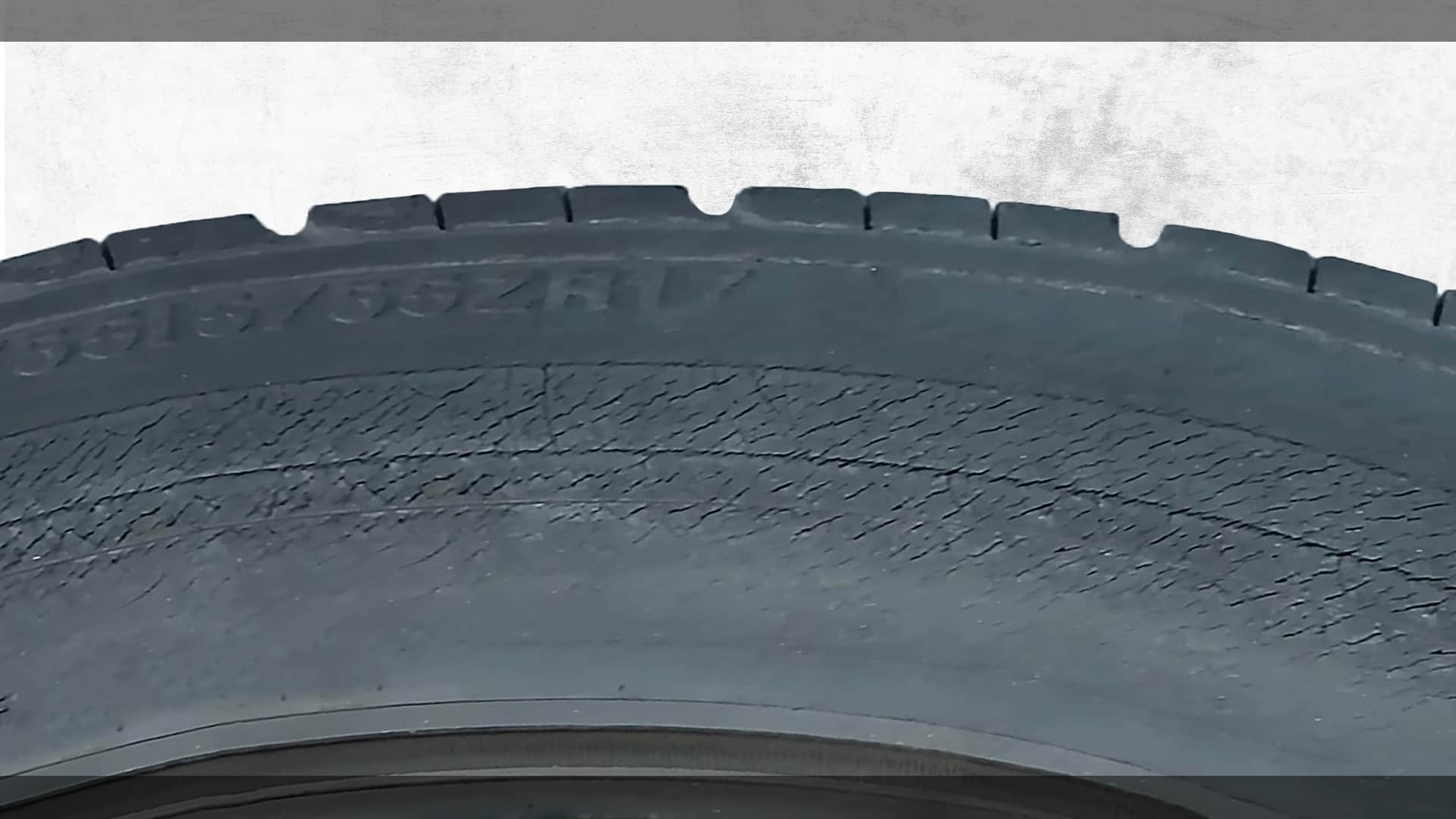
No, you should not drive with summer tires in winter conditions. This is because summer tires are designed for warm weather and don’t provide the same level of traction needed for driving on icy or snowy roads.
They also have a harder rubber compound that can become stiff in cold temperatures, reducing their ability to grip the road.
Conclusion
In conclusion, while winter tires are designed to keep you safe and improve your driving performance in cold and snowy conditions, it’s not recommended to use them all year long. Winter tires wear out quickly on dry and warm roads, which can lead to decreased handling ability, poor braking performance, and decreased fuel economy.
Instead of using winter tires year-round, consider switching between winter and summer tires or investing in all-weather tires that can perform adequately in a variety of road conditions. Ultimately, choosing the right tire for your needs depends on where you live and how you drive.
Be sure to do your research before making any purchases to ensure that you’re getting the optimal balance of safety, performance, and cost-effectiveness for your vehicle.
